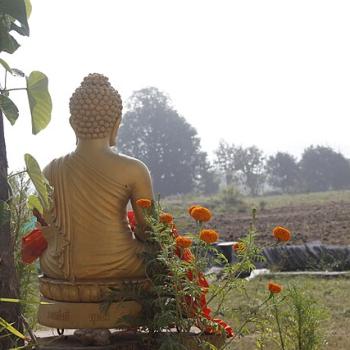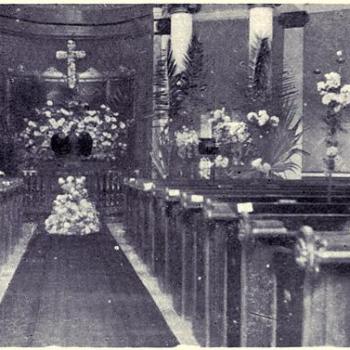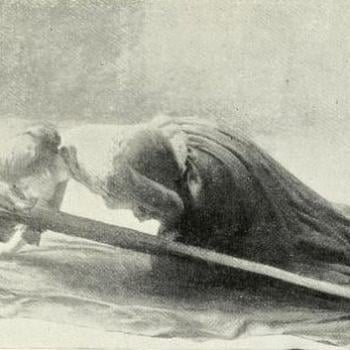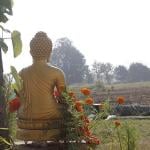Over at the Dalai Grandma blog there’s a reflection on interconnectedness and how it does or does not adequately speak to Buddhist insight.
She quotes a Tricycle interview with Gil Fronsdal who says “…the American Vipassana movement emphasizes interconnectedness when teaching anatta, or “not-self.” This is emphasized so much that a person might get the idea that realizing interconnectedness is the ultimate goal of Buddhism. It’s not; this is a very American emphasis. I think interconnectedness is inspiring to us as an antidote to American individualism and the pain of alienation it can cause.”
In the blog post she gives a pretty good defense of interconnectedness.
Just in case you missed it, here’s my initial reflection.
Like her I stand in several worlds, most significantly as a Zen Buddhist who is also a Unitarian Universalist.
I believe the core insight of Unitarian Universalism is that a) the individual is precious beyond what any words can ascribe, and b) we are all woven out of each other, creating a web so tight that what is done to one is done to all. A world of possibility pours out of this dual insight.
And, as Gil seems to have pointed out (I couldn’t access the original interview, and so must rely upon the pull quote) interdependence has become a common term among we Buddhists in the West – in fact a sense of this may be characterized a one of the marks of an emerging “western” Buddhism.
Interconnectedness is indeed a Buddhist insight. Two images from the Huayen, the Golden Lion and Indra’s Net, leap immediately to mind.
And, and here I can speak only from a Zen perspective. The insight into the one, as powerful and even as important as it can be, is not the summum bonum of Zen’s insight.
Which as I understand it is expressed most succinctly in the phrase from the Heart Sutra, “Form is Emptiness. Emptiness is form.”
In my initial posting I was most concerned with what we call kensho, those awakening moments in our lives and how we collapse two insights, interconnectedness and emptiness.
I was, and remain of the opinion that it is perfectly permissible to acknowledge insight into oneness, into interdependence, into interpenetrating reality as an awakening.
And, it isn’t the end of the deal.
I think the UU insight into the preciousness of the individual and our wildly interconnected reality are wonderful and contain the possibility of great wisdom.
And that is not the end of the matter as we’re guided on the Zen way, or, as Gil seems to suggest, on other Buddhist paths.
The invitation for us is to continue.
Notice yourself.
Notice the connections.
And when the gift comes, and we are given a moment of utter surprise, or perhaps it sneaks up on us completely unaware and somehow just becomes who we are and what we are: when we find we and all beings, indeed, all things are completely empty, without essence, well, be happy.
And, know even that isn’t enough. The old koan collected as case forty-six in the Gateless Gate and case seventy-nine of the Book of Equanimity.
The master Shishuang Qingzhu asked “how can you step from the top of the hundred foot pole?” Another eminent worthy commented on this saying, “Whoever sits atop that pole has certainly attained, but still has not found the freedom of the Zen way. Step away and appear with your whole body manifesting in all directions.”
Stepping away from the pole is not the encounter with emptiness. The image of the top of the pole is emptiness.
Freedom, the Zen way, is found when we step away from self and other, from all the insights we’ve had.
Precious individual. Found and released. Precious one. Found and released. Precious empty. Found and released.
Only then…
Only then do we see the wisdom of form is emptiness and emptiness is form.
Only then are we fully manifesting the possibility of our condition.













